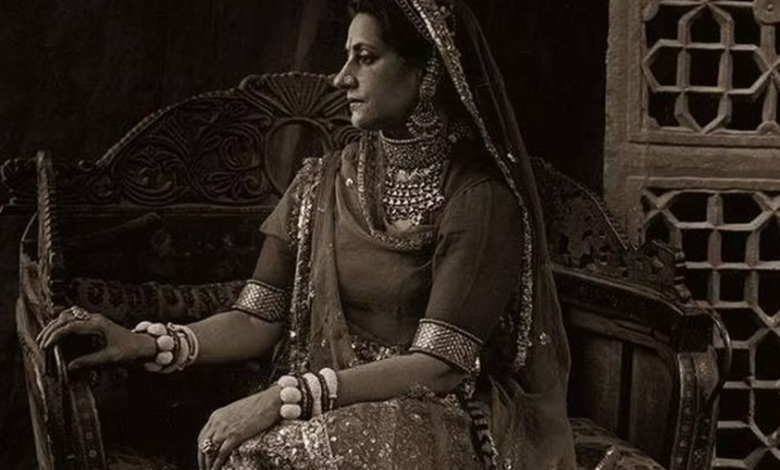The Colonial History Of The Popular Sari Blouse In India

There will occasionally be that one relative at an Indian wedding who will ask you to pull your pallu or dupatta a little higher because your midriff decided to say hello to the guests or who will use the plunging neckline of your blouse as a justification to lecture you on how it is not sanskari (appropriate) to wear clothing that exposes so much skin. We have some bad news for the “maan maryada bachao” campaign’s self-appointed Aunties: the Indian sari blouse isn’t quite as ethnic as you might think.
Men and women can be shown wearing rectangular pieces of clothing, one on the top body and one on the lower body, in sculptures from the Maurya and Sunga periods (about 300 BC). not much else. The way the women’s breasts are portrayed in the sexual sculptures of the Khajuraho Temple in Madhya Pradesh (900–1050 BC) is the only thing that never changes. They are either bare or bulging from what’s left of the blouse seams. According to this Gupta-era sculpture, it was completely acceptable for ladies to be topless. Although certain changes in Indian women’s clothing, such as covering the head and the breasts, were brought about by the rise of the Mughals in India, the modern Indian blouse lagged far behind.
Most women in Bengal during the Victorian era wore their saris bare-breasted rather than with blouses underneath. In some regions of India, covering one’s breasts was more a matter of propriety than caste. Who then brought the blouse and other essential sari accessories to Indian shores?
Jnanadanandini Debi, the wife of Satyendranath Tagore, the renowned Bengali poet Rabindranath Tagore’s brother, is credited with popularising blouses, jackets, chemises, and the contemporary sari style in India. She reportedly did this after being turned away from clubs during the Raj because she had the sari covering her bare breasts. High fashion led to the wearing of shirts, sweaters, and high-necked Victorian blouses underneath the sari. These items are similar to today’s boho trends.
The blouse, which is likely Britain’s longest-running export to India, has become so popular among the locals over the years that it is now seen as an integral part of the tradition. While it’s intriguing to see companies like Raw Mango introduce the anti-fit blouse that aims to make the sari more wearable, it frequently resembles the Indian choli more than its Victorian predecessor. It’s also rather ironic that collections like Elie Saab’s ‘Enter India’ boast Indian-inspired clothing like an Edwardian dress with a sari-inspired stole.
While the blouse did free white women in Europe from the constricted corsets, it also imposed its standards of public decency and decorum on the Indian populace, who had probably never thought of their breasts as sensual before being asked to cover them. The history of the blouse’s origin demonstrates how misguided traditional and cultural ideas can be in a country like ours where occasionally so-called nationalists decide to define a woman’s integrity by her adherence to tradition.
News Mania Desk






